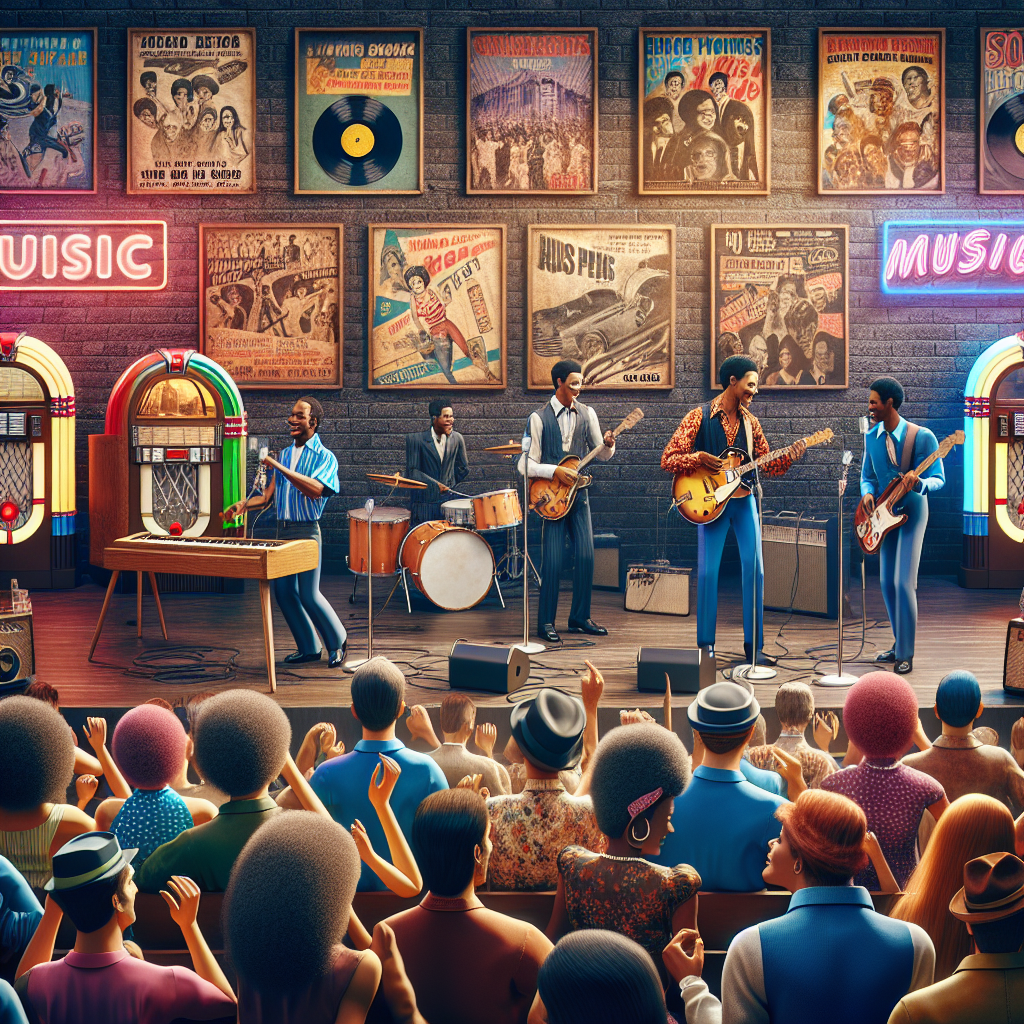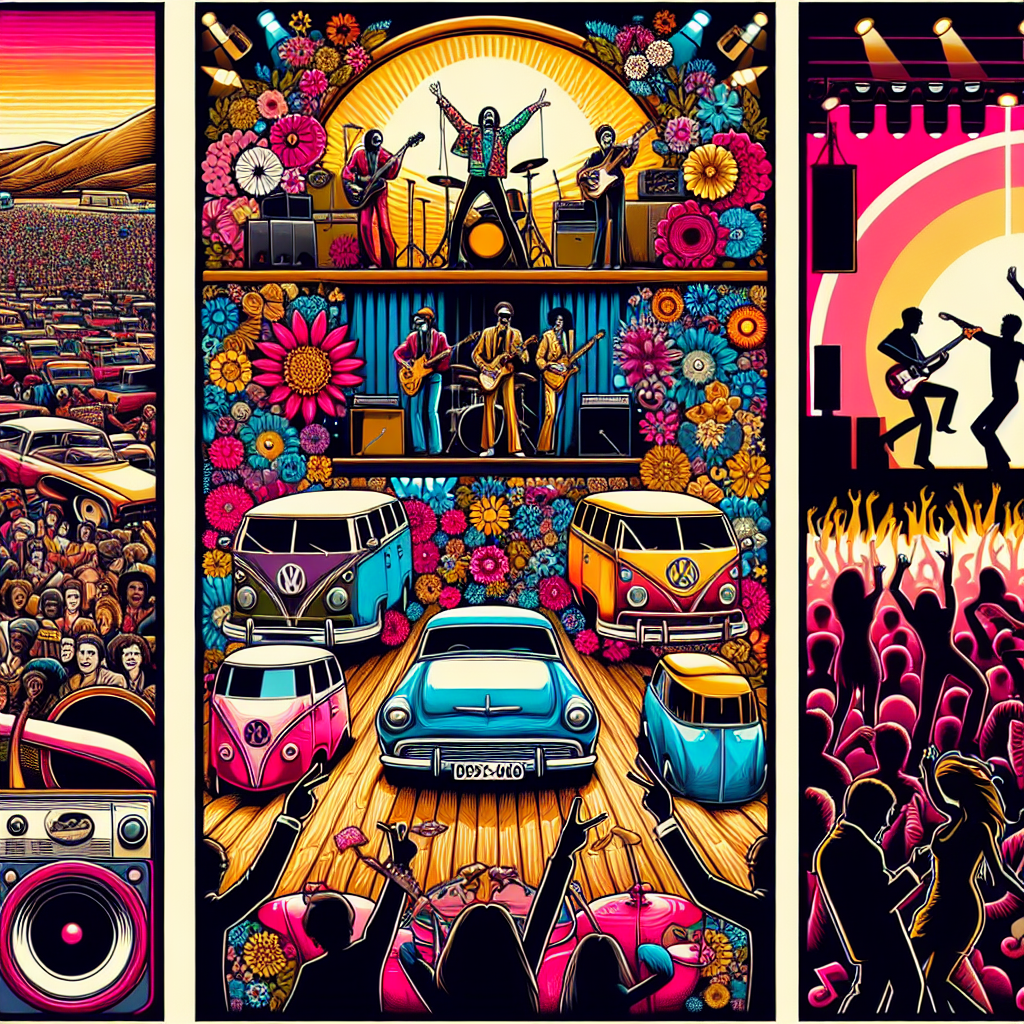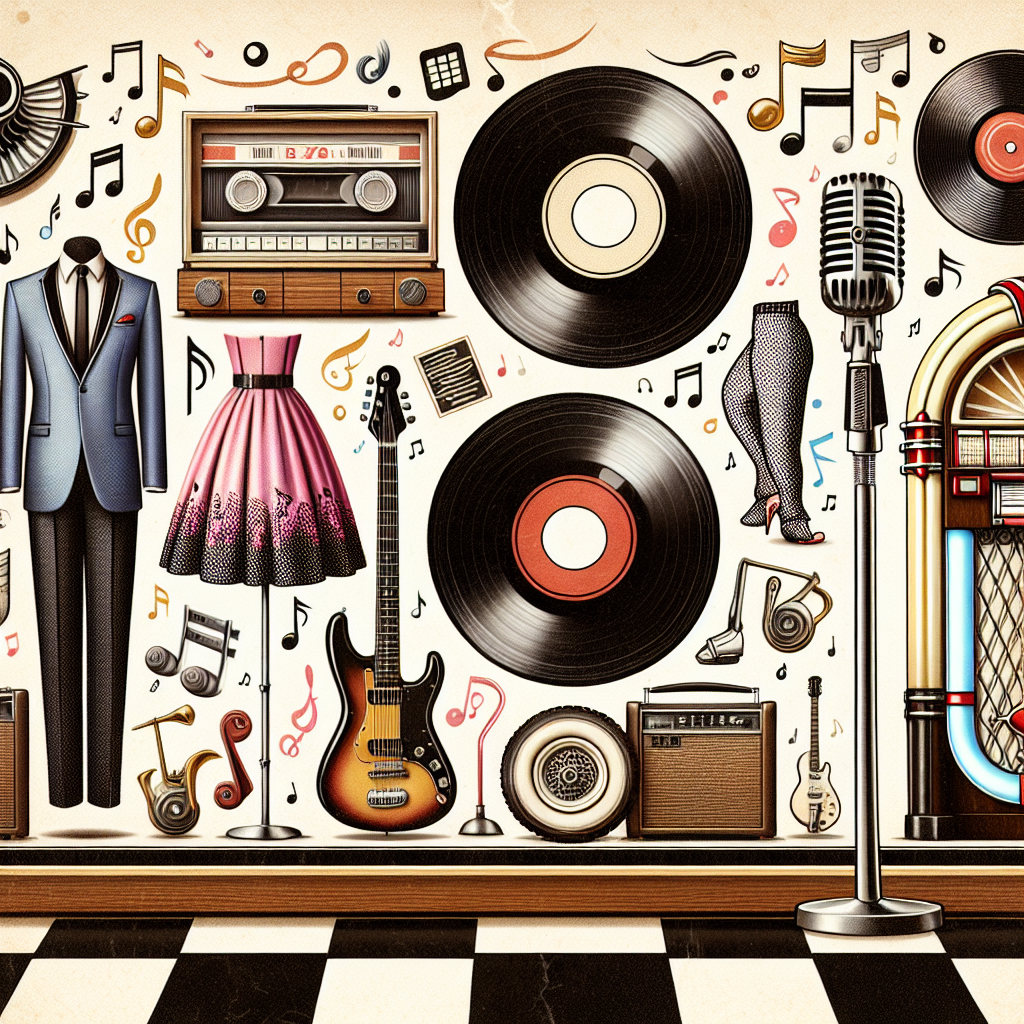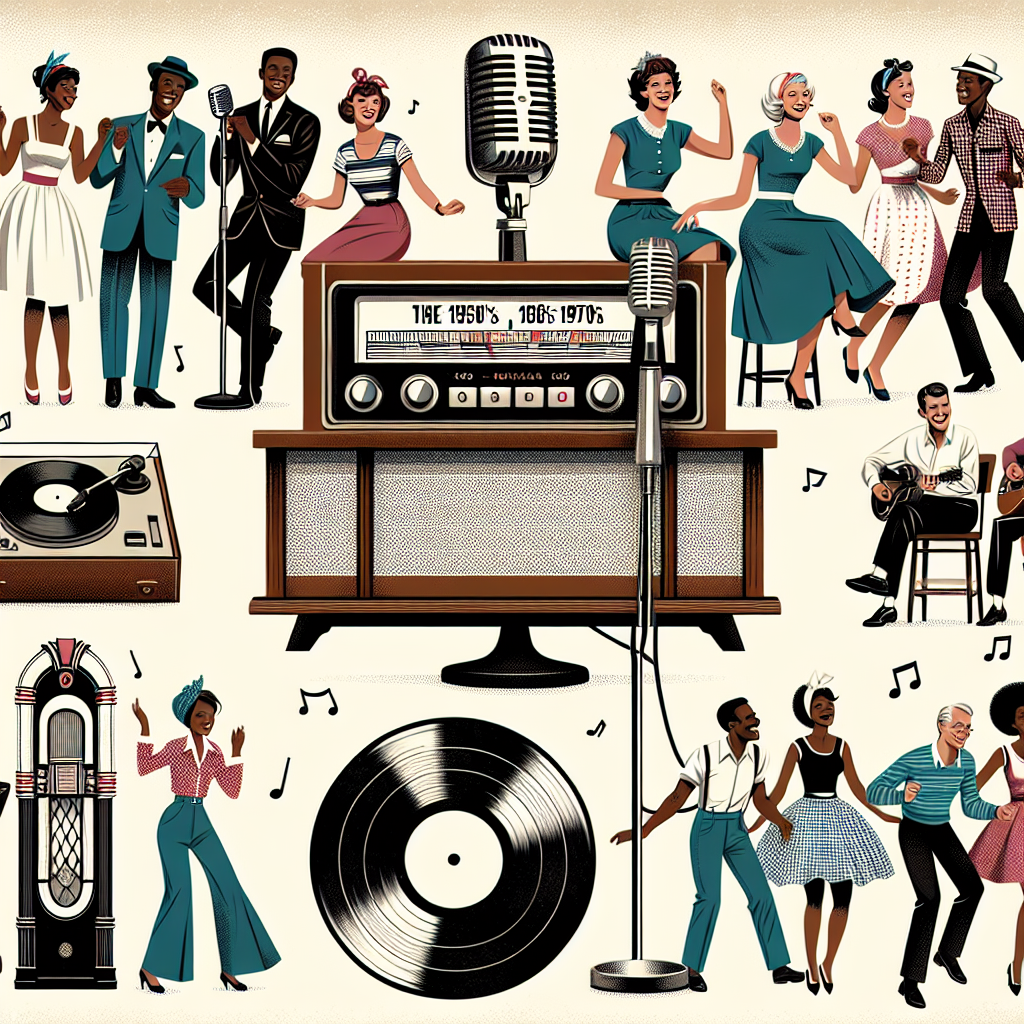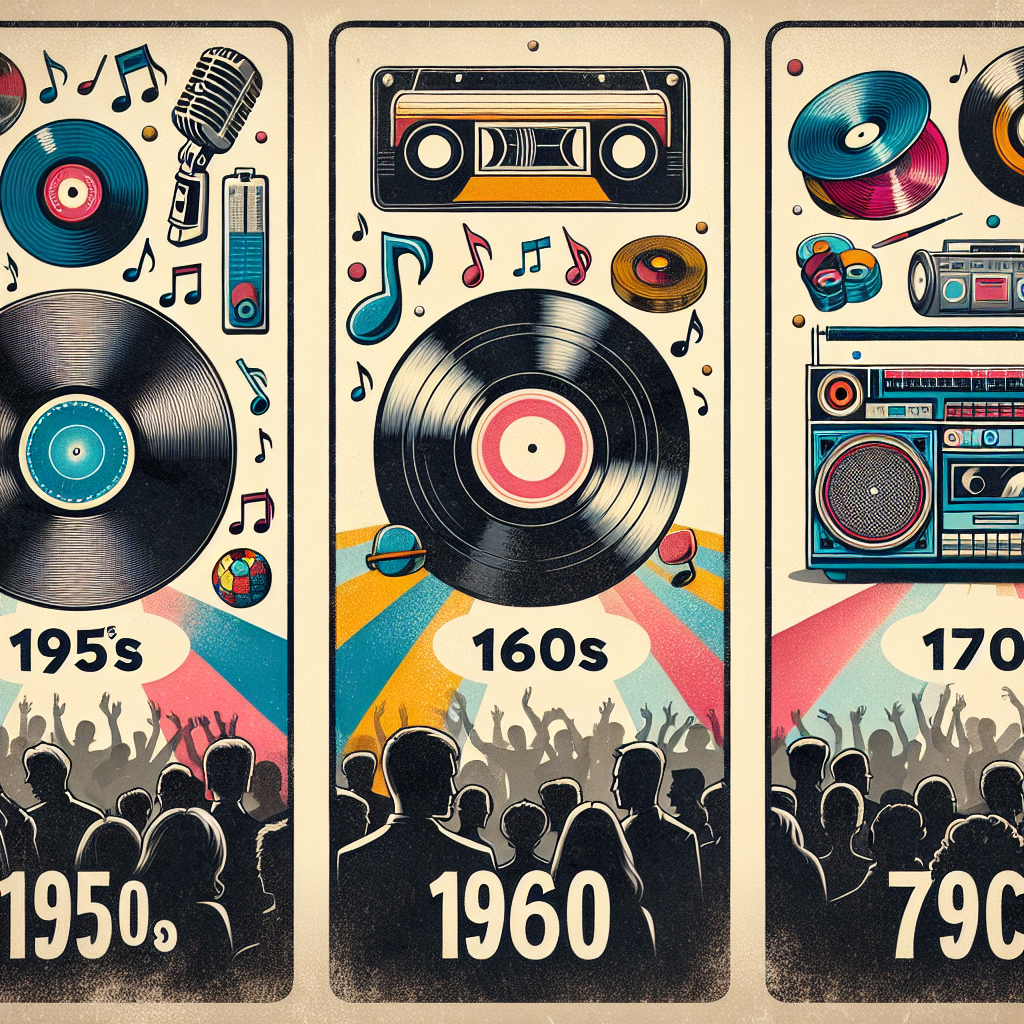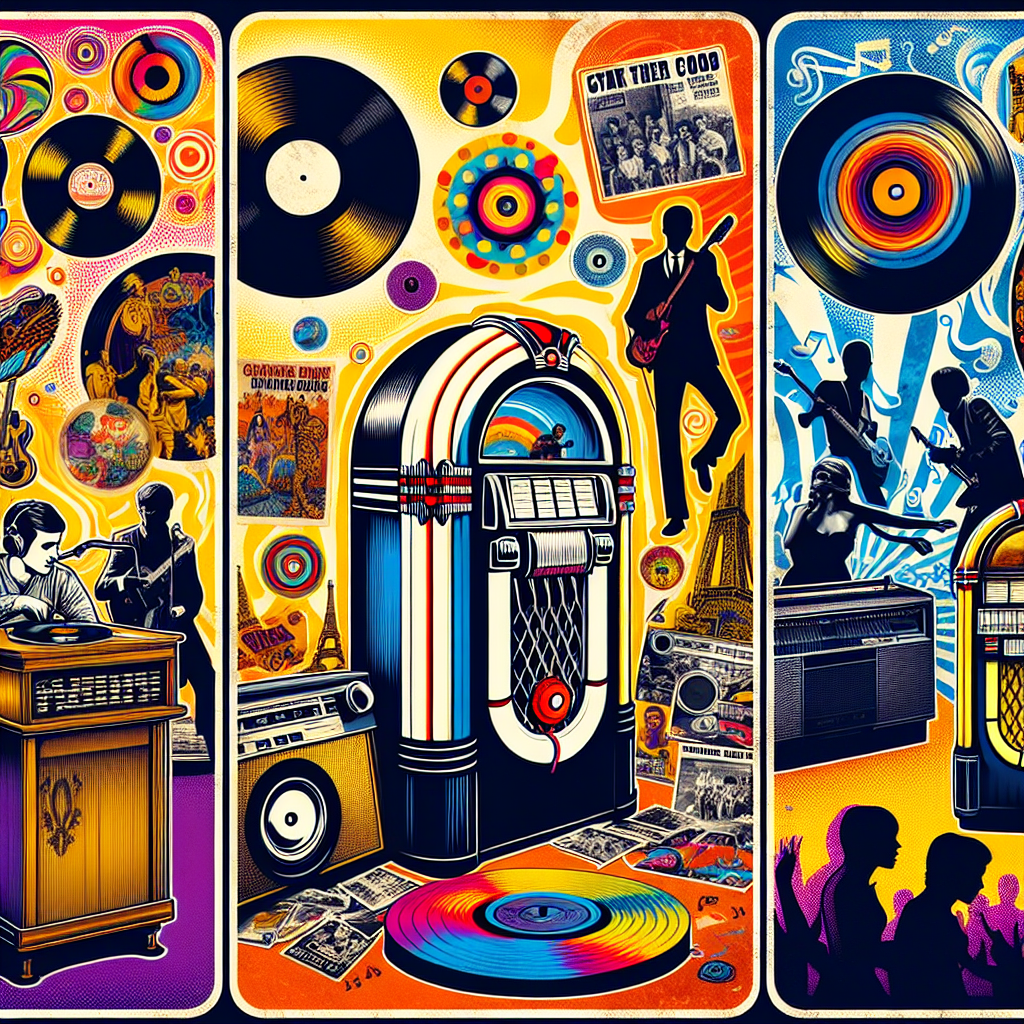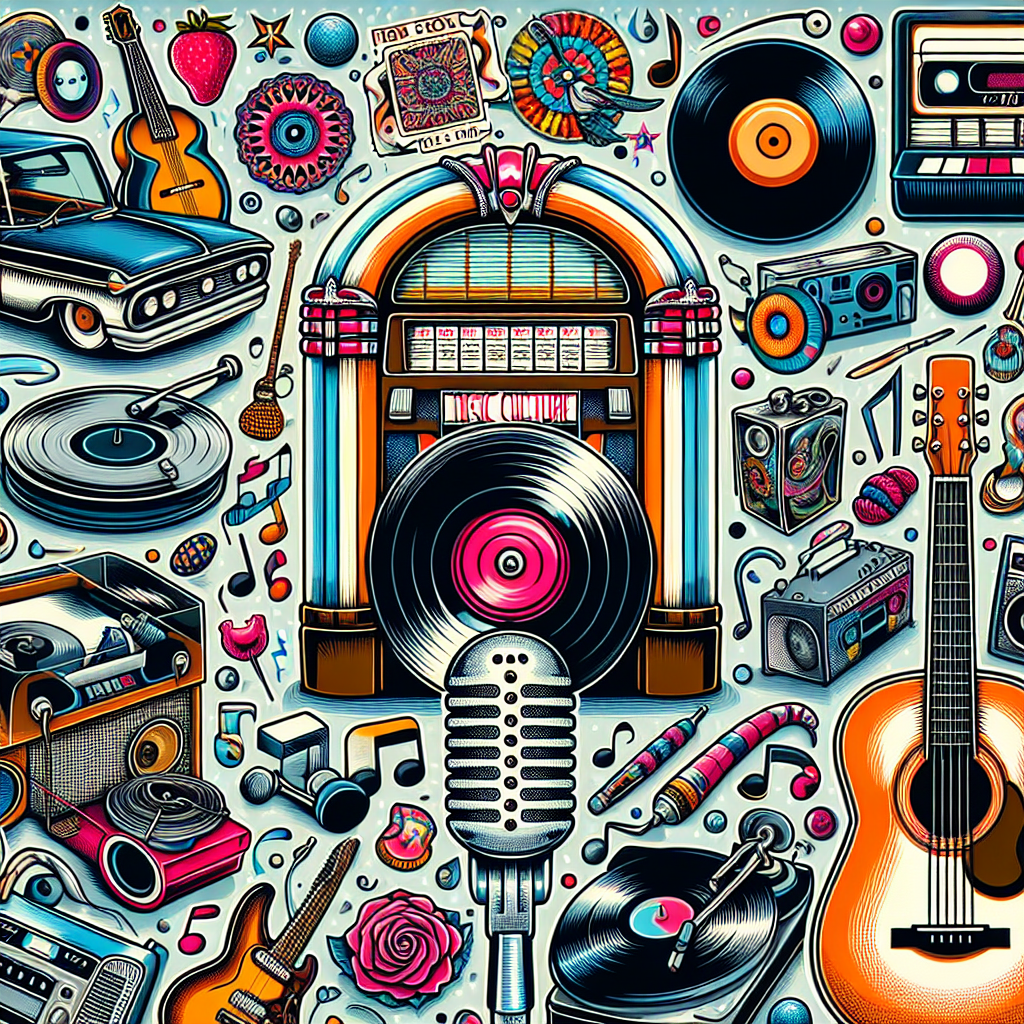As we look back on the history of music, it’s clear that vinyl has played a significant role in shaping our culture. From the early days of rock and roll to the rise of hip-hop, vinyl records have been at the forefront of musical innovation. But it’s not just about the music – vinyl has also had a major impact on fashion, technology, and even politics.
When we think about vinyl records, we often think about the music itself. Vinyl has a unique sound quality that many audiophiles swear by. The warm tones and rich textures of vinyl records can’t be replicated by digital formats like CDs or streaming services. This is why many musicians still choose to release their albums on vinyl, despite the rise of digital music.
But vinyl is more than just a way to listen to music – it’s also a cultural phenomenon. Vinyl records have been at the center of countless subcultures over the years, from punk rockers to hip-hop heads. Collecting rare vinyl records has become a hobby for many music enthusiasts, with some records fetching thousands of dollars on the market.
Vinyl records have also had a major impact on fashion. The iconic album covers and artwork that adorn vinyl sleeves have inspired countless designers and artists over the years. From t-shirts to tote bags, you can find all sorts of merchandise featuring classic album artwork. And let’s not forget about the resurgence of vintage fashion trends inspired by the heyday of vinyl records.
Technology has also been influenced by vinyl records in surprising ways. The turntable may seem like an outdated piece of equipment in today’s digital age, but it has actually made a comeback in recent years. Many young people are rediscovering the joys of spinning vinyl records and experiencing music in a whole new way.
Even politicians have been known to use vinyl records as a way to connect with voters. In 2016, former President Barack Obama famously released his own summer playlist on Spotify – but he also released it on limited edition vinyl for die-hard fans. This move was seen as a savvy political move that helped Obama connect with younger voters who were passionate about music.
Overall, it’s clear that vinyl records have had a profound impact on our culture in more ways than one. From influencing fashion trends to inspiring technological innovations, vinyl continues to be an enduring symbol of musical excellence.
